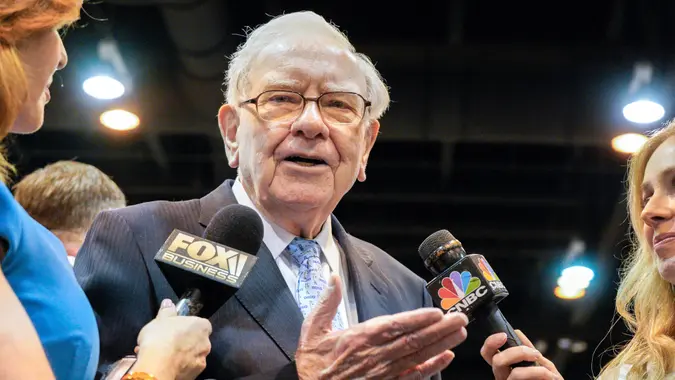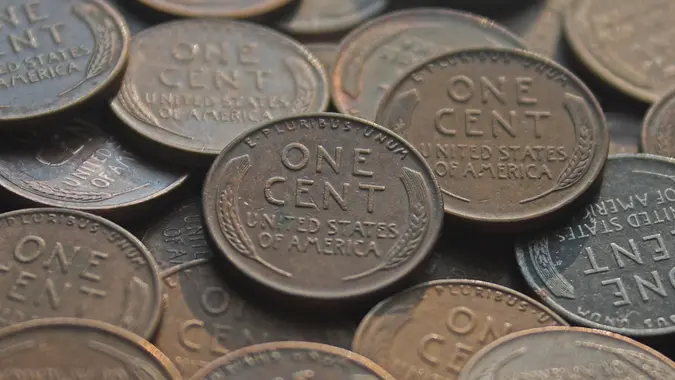5 Money Mistakes High-Income Professionals Make, According to Tae Kim — and What You Can Learn From Them

Commitment to Our Readers
GOBankingRates' editorial team is committed to bringing you unbiased reviews and information. We use data-driven methodologies to evaluate financial products and services - our reviews and ratings are not influenced by advertisers. You can read more about our editorial guidelines and our products and services review methodology.

20 Years
Helping You Live Richer

Reviewed
by Experts

Trusted by
Millions of Readers
Self-proclaimed “Financial Tortoise” Tae Kim is not afraid to take things slow. He is known for advocating slow wealth building and taking calculated steps to achieve financial stability.
In a recent YouTube video,” Kim explains how even high-income earners can make devastating money mistakes. Here are five common mishaps high-income professionals make and how to avoid them.
Luxury Car Addiction
Kim noted that one of the most common mistakes high-income earners make is to continuously lease a luxury car, often leading to an addiction.
He explained it could cost a high-income married couple approximately $2,400 a month to lease two high-end vehicles, without even factoring in maintenance costs or higher insurance rates. While Kim understands that many people drive them to look successful, he advised against it. Instead, he suggested people buy a slightly used luxury car and drive it for longer.
Kim isn’t the only expert to advocate for buying used. Dave Ramsey consistently encourages his followers to buy used cars, recommending that they be purchased in cash. According to a recent article on Ramsey Solutions, the average used car payment is around $533 per month, significantly less than the $1200 per month for a luxury lease.
Mortgage Madness
The second area where high-income earners get into trouble is with a large mortgage payment. Kim explained that many high earners buy the biggest house they can afford because the bank approved them. He suggested that high earners resist the pressure to buy a home for status and instead focus on what they can comfortably afford.
According to Zillow, most financial experts agree that housing costs should not exceed 30% of a person’s total income. Sometimes, however, 30% is unrealistic due to the high cost of living in an area.
The real estate website recommended following the 28%/36% rule. The rule states that a mortgage payment should be under 28% of the total monthly income before taxes are deducted, and monthly debts should be less than 36%.
Outsourcing Investments
One of the most concerning mishaps for high-income earners is outsourcing investments. While acknowledging that many high earners are busy and may not feel competent in making investment decisions, he cautions about the high cost of convenience.
He encouraged viewers to take a hands-on approach to their money and to be aware of how an advisor’s fees could significantly affect an extensive portfolio over time.
Private School Drain
While every parent wants to provide for their child, many high-income earners feel that they must pay large sums of money to achieve this. Kim said that the group often pays for private school, believing that it is the best education.
This lifestyle inflation can be hard to keep up with. Instead, Kim encouraged parents to prioritize their financial security, reminding his viewers that parental involvement means more than anything money can buy.
According to U.S. News & World Report, the average annual tuition for secondary schooling was $12,350. While private schools may carry a prestigious name, many suitable public school options offer a solid foundation for a child without incurring any additional costs.
Peak Income Blinders
Finally, Kim noted that high-income earners often have income blinders when it comes to both their current and future earnings. Kim said many high earners can have a professional decline sooner than they may think. If a decline happens, it may mean an unexpected drop in income. He recommended frontloading savings to avoid financial instability if the decline happens earlier than expected.
 Written by
Written by  Edited by
Edited by 

























